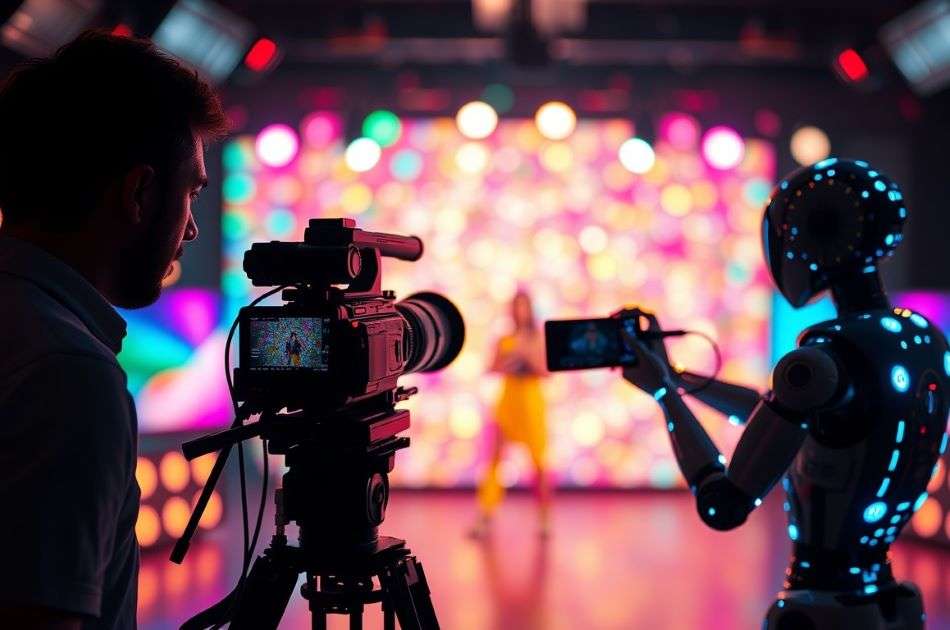Composing complete songs in minutes rather than days represents AI music technology’s most remarkable achievements. This rapid creation capability delivers finished compositions, not just loops or incomplete sketches, ready for immediate use. From establishing chord progressions and melodies to arranging multiple instruments with proper musical interaction, AI handles tasks requiring hours of human effort even for experienced composers. The technology compresses the entire song writing process into a timeframe previously impossible under traditional music production methods.
Rapid creation engines
Modern AI composition systems are more than simple loop combiners or pre-set managers. A royalty free music produces complete musical arrangements featuring multiple instruments working together cohesively. These sophisticated tools analyze thousands of professional compositions to learn musical relationships before applying this knowledge to create original works based on user specifications. The underlying neural networks handle complex musical decisions, including harmony, melody development, and rhythmic instrument interaction. The speed advantage comes from automation of technical musical tasks that typically consume hours of traditional production time.
Quality spectrum reality
The musical quality of AI-generated songs varies based on the specific system used and the customization time invested. Current technology produces results ranging from obviously artificial to surprisingly convincing, depending on several key factors influencing output sophistication.
- Algorithm sophistication determines how naturally instruments interact within compositions
- Training dataset quality affects musical coherence and structural development
- Generation parameters influence the complexity and originality balance
- Post-generation customization improves particular sections needing refinement
- Instrument sample quality impacts final audio fidelity regardless of composition
The most advanced systems consistently produce compositions that casual listeners might assume were created by human musicians. While professional composers can typically identify AI-created music through subtle cues, the quality gap continues narrowing with each technology generation as algorithms become increasingly sophisticated.
Learning curve steps
Using AI composition tools effectively requires awareness of specific operational aspects influencing results. New users often face challenges navigating these learning considerations when attempting to create high-quality compositions quickly.
- Interface familiarity development requires initial time investment despite intuitive designs
- Output evaluation skills develop through experience, comparing multiple generations
- Style definition precision improves with more precise articulation of musical goals
- Generation variation techniques prevent repetitive results across multiple projects
This learning process typically requires several hours of experimentation before users consistently achieve desired results efficiently. This investment remains smaller than learning traditional music production, which requires years of dedicated practice before achieving professional-quality output.
Practical boundaries
AI composition tools excel at creating certain musical styles while struggling with others due to underlying technology limitations. Knowing these strengths and weaknesses helps set realistic expectations for what these systems can accomplish in minutes versus what might require human intervention. The technology particularly excels at creating genre-based instrumental music following established structural conventions. These predictable musical forms provide sufficient pattern consistency for AI systems to generate convincing results. Conversely, highly experimental music, complex vocals, or genre-bending compositions often require substantial human editing to achieve satisfactory results.
Recognizing these boundaries helps user’s select appropriate projects for pure AI composition versus those needing combined AI collaboration. AI music composition tools enable complete song creation in minutes rather than days. While the technology continues evolving, current systems produce remarkably sophisticated music with minimal time investment, transforming musical creation from a specialized skill into an accessible creative option for everyone.

